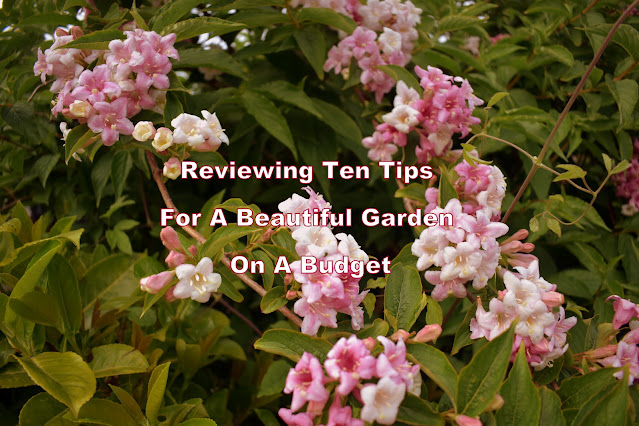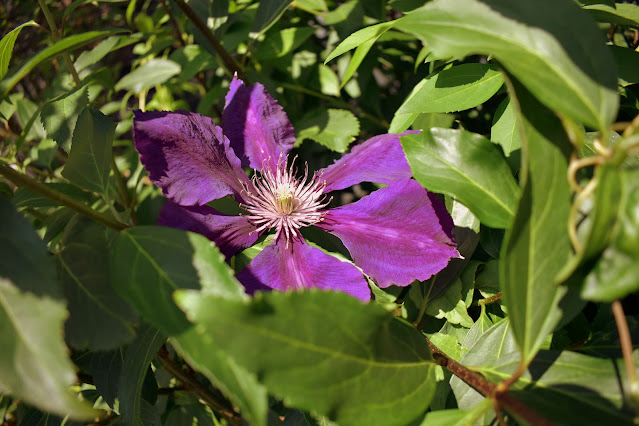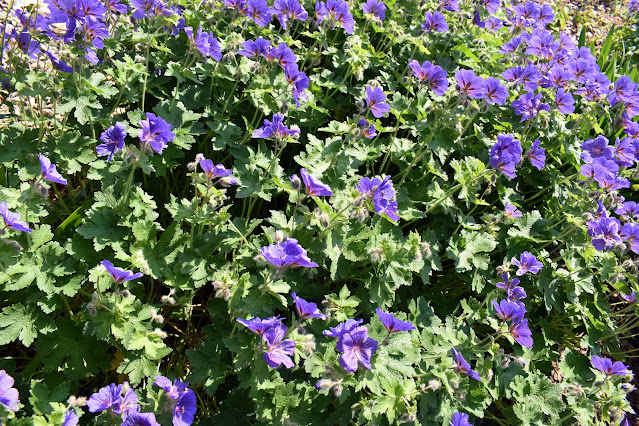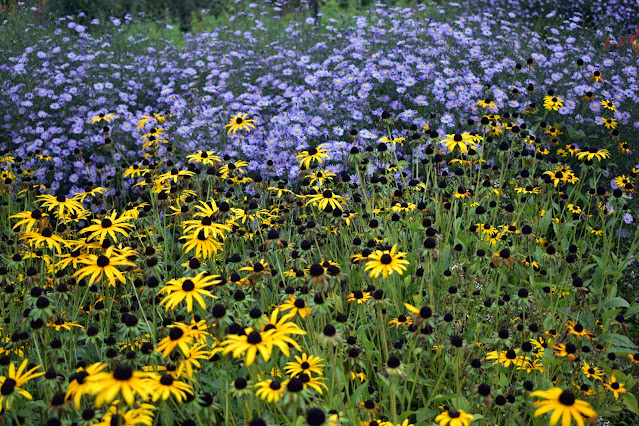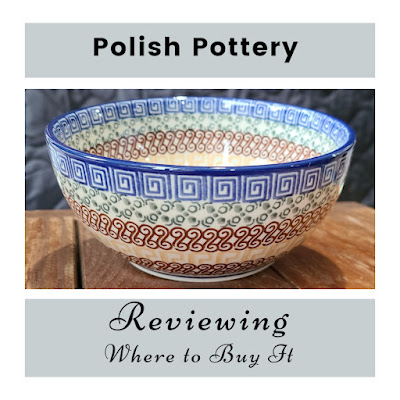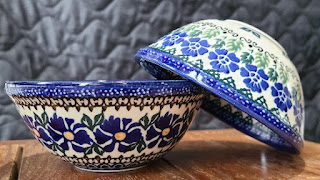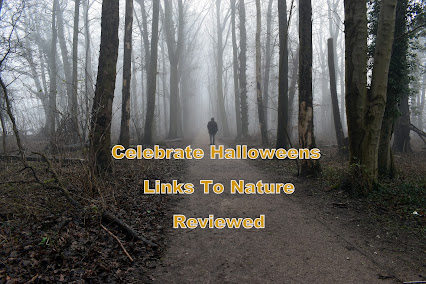If you love gardening like I do, or are just starting out you probably like plants and want to grow seeds and young plants. You will be keen for each plant to thrive and grow well so you can admire it or grow crops for your table.
Especially when you are starting out you may be wondering what are the essentials to buy. There are items that are more obvious and are fun to buy and then those which are important but less likely to attract attention.
One item that is often overlooked is the humble plant label.
Often in the array of gardening products we can buy, plant labels may be an afterthought or we feel that of course we will remember what we planted where and which seeds are in which containers! Well I learned my lesson there a long time ago !!

|
| My Wooden Plant Labels Ready For Seed Sowing. |
So Why Do Plant Labels Matter?
Plant labels are an essential tool for gardeners. We spend time carefully sowing flowers or vegetable seeds in a seed bed or container and cover with compost. If you are anything like me you think you will easily recall which seeds are in which area.
However time passes and the beautiful tiny shoots come up and suddenly you are not sure whether these are flower or vegetable seeds, or even which flowers or vegetables! They all look so similar and we have no idea. You have a bed or container full of tiny green seedlings, all looking very much the same! I have been there and it is no fun and can be very frustrating.
Labels can also be very useful for plants that die down completely in the winter. It is very easy to forget that a plant was ever there and we can be inadvertently digging or trampling the beautiful plant. A label in the ground helps us to notice and remember.
At the famous Kew gardens in London where they really know what they are doing with regards to plants and gardening, they also label just about everything. This is good for visitors who want to learn about the plants, trees and herbs but also helps the staff to care for the plants in the correct way.
Plant labels are such an easy tool to help us know what we planted and where and you can even put the date on so you can recall how far along they are in growing. If you know what plants they are you can provide the correct conditions and care.

|
| Plants and vegetables correctly labelled at Kew Gardens |
How to Label Plants Effectively
From my own trials and errors I have found the following tips to be useful.
- As a basic write the plant or seeds name and the date planted or sown.
- If you have room you can include care information and date of expected flowers or harvest.
- Use a Weatherproof Marker pen so that especially if its to be used outdoors it won't fade away before the end of the season.
- Ideally stick to the same format and information at least for your flowers and then for your vegetables and herbs. It just helps us to easily see the information and work the garden better.
- You can stick labels in the ground for seeds and young plants or tie them higher up a bigger plant.
- Use labels for your houseplants too. It is all too easy to forget the name and care required or when they bloom.
- Check and clean labels at the beginning or end of the gardening year, especially for outdoor plants.
- Check each year to see what worked and what didn't and improve your systems.

|
| Honesty Seeds In My Garden Ready to be Collected and Sown |
Types of Plant Label Materials
Plant labels are available in various materials, which have their different advantages and disadvantages.
Wooden/Bamboo Labels
These are usually my labels of choice. It is easy to write the plant name and date of sowing on. They are environmentally friendly and biodegradable. Fairly inexpensive, they also look natural and fit in with a wide range of garden schemes, themes and trends.
However I find if exposed to the elements they do not last as long as I would like. They are best for indoor sowing seeds or sowing /planting under glass or in a greenhouse or for indoor plants. They will then be more protected from the elements and last longer. However I do use them outside and just accept that they will not last as long if used in this way.
Metal Labels
These look attractive and elegant and are usually a quality product. As they are weather resistant they offer a more permanent label and can last many years. Some are also rust resistant and are worth looking out for. They can be available in beautiful metals like copper, stainless steel and aluminium which look really lovely in the garden. We can mix and match them or keep to one metal depending on the look you want.
They are usually more expensive though and this can be an issue if you are sowing lots of seeds or gardening on a budget. If you can buy enough to meet your sowing and labelling needs they are a very lovely addition to a garden.
Due to the price point, Metal labels are perhaps better suited to labelling more permanent larger plants like perennials or shrubs and trees, but if you can what a lovely way to label your seedlings and vegetable patch.
Plastic Labels
These are good to use outdoors and can cope with the more inclement weather. Plastic is very durable and well suited to coping with rain. They are also often available in different colours which may be useful to differentiate flowers from vegetables or even different types or varieties and look cheerful. You are generally better using a permanent marker to write with which usually survives rain and snow.
However they are not environmentally friendly to keep buying. I have plastic items in my garden I purchased years ago but I am trying to simply reuse rather than buy more plastic. So if that matters to you it could be a consideration.
Make Your own Labels
Getting creative with a project to make your own labels can be fun. Labels can be made from old lollipop sticks, stones with the names of plants written or painted on and even old cutlery like spoons or even wine corks! They will certainly be fun and unique to your garden. We can create or buy magical and fun labels for a very individual look.
Labels can be purely functional or they can be a creative addition to your garden and be an integral part of the garden style. You might want to introduce a certain colour or many bold colours, tie labels with fun facts or inspirational quotes around the garden or express your own garden theme or personality.
Buying creative labels can be more expensive, though they will without doubt add style and magic to your garden.
It is more time consuming to create your own labels than buy them and many gardeners are busy enough in the Spring. Perhaps something for a winter project !
Plant labels are a vital item for any gardener and especially if you sow seeds. While they can be an afterthought, they are important to keep your garden organised and so you can give the proper care to your seeds and plants.
They can be basic and functional, beautiful, short or long lasting, expensive or affordable and even fun! So give some thought to the humble plant label and how they will work for you and influence your garden.
Read More Gardening Reviews on ReviewThisGardening.com
Read Diary Of A Wild Country Garden Blog
Growing Vegetables In Outdoor Containers Reviewed.
Reviewing The Benefits Of Seed Storage Boxes
Read More Product Reviews on ReviewThisProducts.com
Reviewing Why Plant Labels Matter In The Garden By Raintree Annie









